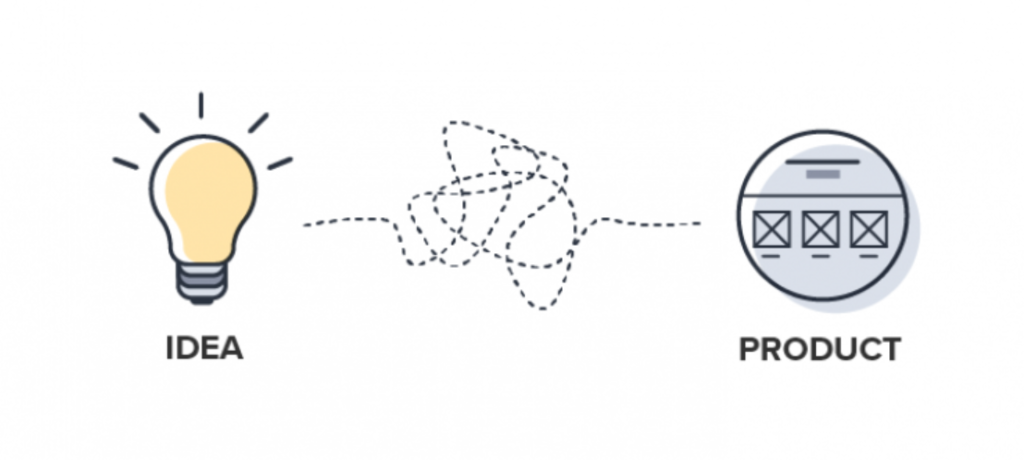Starting a new business or launching a new product is not just an exhilarating endeavor; it’s a leap into the unknown, a journey filled with both promise and peril. While the prospect of bringing a groundbreaking idea to life is undeniably exciting, it can also be fraught with uncertainty and risks that, if not mitigated, can prove costly and detrimental to your entrepreneurial dreams.
Success in the business world is not solely determined by the brilliance of your idea or the quality of your product. It hinges on your ability to navigate a complex landscape, anticipate market dynamics, and align your vision with the demands and preferences of your target audience. This is where the pivotal role of thorough market research and idea validation comes into play.

Market research is the compass that guides your entrepreneurial journey. It involves a systematic investigation of your industry, your competitors, and your potential customers. It’s about collecting, analysing, and interpreting data to gain a profound understanding of the market landscape in which you intend to operate.
Idea validation, on the other hand, is the litmus test that determines whether your concept has the potential to flourish in the real world. It is the process of rigorously assessing your idea’s viability, relevance, and resonance with your target audience. By validating your idea, you ensure that you are not blindly pursuing a passion project but instead creating a solution that addresses a genuine need in the marketplace.
Let’s dive into this in more detail:
Understanding the Market

1.1 Identifying Your Target Audience
Understanding your target audience is akin to learning the language of your potential customers. It’s not enough to have a general idea of who might be interested in your product; you must create detailed buyer personas. These people encapsulate demographics, psychographics, pain points, and preferences.
- Demographics includes tangible characteristics such as age, gender, location, income, education, and occupation.
- Psychographics delve deeper into the intricate tapestry of your audience’s lives. Psychographics encompass personality traits, interests, values, lifestyle choices, and behavior patterns. This layer of persona development allows you to understand not just who your potential customers are but why they make the choices they do.
- What hurdles do your potential customers face that your product or service can help them overcome? Pain points are the very essence of customer empathy, as they highlight the struggles and frustrations your audience encounters in their daily lives.
- Preferences are the final brushstrokes in your persona masterpiece. These encompass a wide range of choices, from preferred communication channels and content formats to brand affiliations and product expectations. Understanding these preferences allows you to tailor your marketing efforts and product features to resonate with your audience on a personal level.
1.2 Competitive Analysis
The business landscape is rarely devoid of competitors. Even if your idea is groundbreaking, you must assess the competitive terrain. Analyse your competitors’ strengths, weaknesses, pricing strategies, and customer reviews. This critical step helps you identify gaps in the market and opportunities to differentiate your product or service effectively.
1.3 Research existing demand
Researching existing demand is a critical step in the process of bringing your product or service to market. It involves delving deep into the dynamics of your industry and gaining insights into what potential customers are actively seeking. By doing so, you can make informed decisions about how to position and tailor your offering for maximum success.
Analysing demand and search volume provides valuable data points that help you gauge the level of interest in your product category or niche. This process goes beyond just knowing your competitors; it’s about understanding the broader market landscape.
Validating the Problem
2.1 Defining the Problem
Before you can offer a solution, you must first define the problem you intend to solve. This step is foundational to idea validation. It requires clear articulation of the pain points your target audience faces.
The Business Model Canvas serves as a valuable tool for systematically validating a business idea. It helps you structure your thoughts, test your hypotheses, and adapt your concept based on real-world feedback.

2.2 Customer Surveys and Interviews
Your ability to empathise with your target audience is essential here. By delving into their experiences, frustrations, and unmet needs, you can gain insights into the pain points they grapple with. This process isn’t just about scratching the surface; it’s about diving deep into the emotional and practical aspects of their struggles.
Validating the Product
3.1 Minimum Viable Product (MVP)
As the saying goes, “Actions speak louder than words.” Building a Minimum Viable Product (MVP) is a practical step in problem validation. It involves creating a simplified version of your product or service and testing it with a select group of users. Their feedback, usage patterns, and interactions with the MVP will provide invaluable insights into whether your solution effectively addresses the identified problem.
3.2 Iteration and Improvement
Continuously refine your product based on the feedback received during testing. Adapt its features, design, and user experience to align with the evolving needs and expectations of your target audience. This iterative approach ensures that your product remains relevant and competitive.
One important point for all entrepreneurs is to prevent validation from becoming a source of procrastination. Undertaking the initial steps to validate your product is unquestionably valuable: it will provide you with the necessary confidence to take action and can help you steer clear of costly mistakes, ultimately saving you both time and money. However, the pursuit of a perfect prediction for every outcome only postpones the crucial step of launching and selling the right product.


